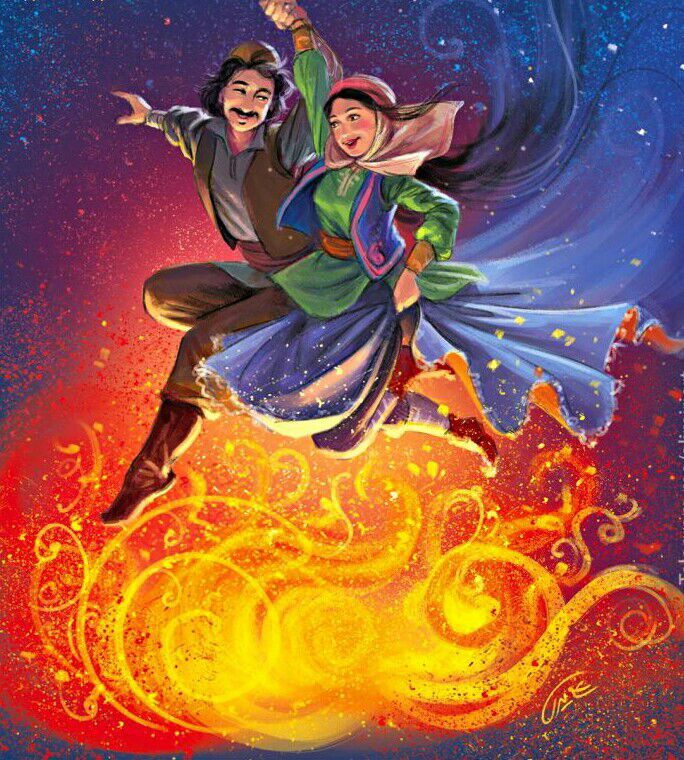For Iranian Americans, the coming of the Spring season brings renewal, celebrations, and festivities with family and friends. The Persian new year, or Norooz, starts at the precise moment that Winter ends and Spring begins. For 13 days Iranians celebrate with various traditions, foods, and most importantly, with visiting family. This year was a particularly difficult time with many festivities cancelled due to the Coronavirus pandemic, but we wanted to reflect on the things we have to be grateful for, stay connected to our traditions, and be ever optimistic for the power of Spring’s rebirth. Enjoy our collection of posts for 13 Days of Norooz!
Day 1: Tuesday, March 17th 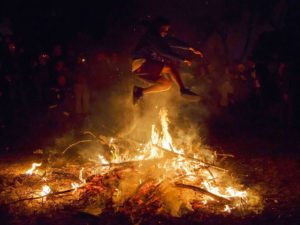
On the eve of the last Wednesday before Norooz, Iranians celebrate Chāhārshanbe Suri, a festival of fire best known for the practice of jumping over bonfires. ?
At its core, Chāhārshanbe Suri is a purification ritual where participants jump the fire as a means of shedding the ills of the last year. The fire’s flames symbolically burn away the bad and renew the body and spirit withhealth and liveliness.
This sentiment is aptly captured in the mantra recited while jumping over the fire: “zardi-ye man az to, sorkhi-ye to az man” (which in English means: “my yellow ills to you, your cleansing red to me.”) The hope for renewal and health seems all the more fitting this year.
Wishing all health and prosperity in the New Year, as we remind ourselves to be grateful and hopeful in these thirteen days of Norooz! ???
Day 2: Wednesday, March 18th
? Close to Norooz and the Spring season we are reminded of the many poems and songs of Iranian artists that evoke deep emotions and nostalgic sentiments. Iranian singer Haideh’s iconic voice in the song “Bahar Bahar” inspires a mix of joy and sadness with her special grace:
“The house has thousands and thousands of memories
It reminds me of childhood, piggy banks, and Eidis (gifts)
Vases of jasmines and a garden full of violas
Mirror and candelabras from Mom’s wedding on the windowsill
Spring, Spring has come again, again all hearts are eager” ?
Full video: https://www.youtube.com/watch?v=ypkyiE4NCtE
Day 3: Thursday, March 19
The Persian new year is a season of renewal & hope. That’s truer today than at any time in recent history. With an eye toward new beginnings, NIAC is excited to unveil a new look & virtual home! And from all of us at NIAC: Wishing you a happy Norooz!
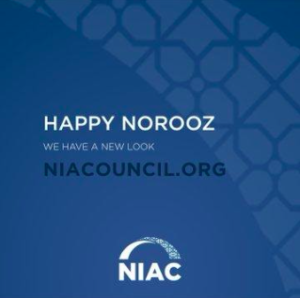
Day 4: Friday, March 20th
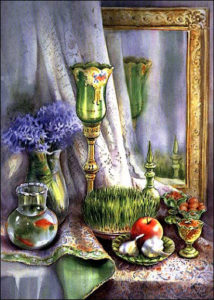
Norooz Piruz! Hoping everyone was able to ring in the New Year with loved ones, we’re optimistic for possibilities and the power of renewal. On the first day of the Spring season we celebrate Norooz, which marks the Spring Equinox and has been celebrated by peoples from Iran and Mesopotamia since antiquity. The rebirth that comes with the Spring season is a core meaning of the celebration. Of its many traditions, the Haft Sin is a central image with its decorated table and items that carry specific meanings. Common items in a Haft Sin include: flowers, honey, a mirror, apples, Sabzeh, goldfish, and decorated eggs. Sāl-e No Mobārak!
Day 5: Saturday, March 21st
Happy New Year from our family to yours! While we’re saddened for cancellations of Norooz events, we can still celebrate and be grateful for all we have during this difficult time. Our resolution is to continue working for and with our community, to protect the people and values we hold dear. Enjoy some footage of last year’s celebration, as a new generation of Iranian Americans honor their heritage and continue our community’s traditions. Well, we try our best to 😉
Full Video: https://www.niacouncil.org/norooz-pirooz/
Day 6: Sunday, March 22nd
Continuing our 13 Days of Norooz celebration, here’s a classic from Iranian singer Farhad welcoming the Spring, ‘Buye Eidi’ or ‘Kudakāneh’:?
The scent of Eidi (Gifts), the scent of a ball, the scent of colored paper
The potent smell of smoked fish in the middle of a new spread
The scent of jasmine from Grandmother’s Termeh prayer rug
With all these things, I let the winter pass by
With all these things, I release the exhaustion
The joy of breaking the piggy bank
The fear of losing Eidi coins from overcounting
The scent of crisp banknotes, unfolded in a book
With all these things, I let the winter pass by
Full video: https://www.youtube.com/watch?v=4FTGujUrIjg
Day 7: Monday, March 23rd
Iranian Americans often decorate their Norooz Haft Sin with a Holy book or a book of poetry, especially the works of 14th century mystic poet, Hafez. Here’s a peak of his Nafase Bāde Sabā or Song of Spring:

The gentle breeze will blow a new
Vitality to the barren earth
The old will become young…
Because of the tyranny of separation endured
The nightingale shall speed
Into the rose garden bursting with song
Day 8: Tuesday, March 24th
The voices and music of both father and son Shajarian have become iconic for Iranians around the world. Homayoun Shajarian has captivated young and old audiences by giving a contemporary twist to his father’s traditional musical style. Enjoy his song “Norooz,” whose video incorporates more images of traditional Iranian artistry.
Full video: https://www.youtube.com/watch?v=g_1JN-lVB0c
Day 9: Wednesday, March 25th
Norooz is a time for family and friends to gather and celebrate the new year. For kids it’s a time for festivities, learning traditions, and of course gifts (eidis) 😉 Iranian artist Maral Karaee’s endearing animation appeals to children and teaches them about their culture and heritage.
Full video: https://www.youtube.com/watch?v=1RV3EVQL97Q
Day 10: Thursday, March 26th
For Iranian Americans, especially second generation, maintaining their cultural traditions are central to their identity. Teaching those traditions to their children can sometimes be challenging. Thankfully there are videos and cartoons that Iranian-American kids can relate to when learning about their heritage. For example Oznoz is a video service that provides multilingual children’s programming. Here are links for English and Persian cartoons 🙂
Full video (English): https://www.youtube.com/watch?v=wOPxih-Xp_A
Full video (Persian): https://www.youtube.com/watch?v=GyyZMWO7-DU
Day 11: Friday, March 27th

While we have been posting hopeful messages of Spring renewal for our 13 Days of Norooz, we are soberly reminded everyday of the current situation that is gripping the world. All medical workers around the world are braving the frontlines and risking their lives, for this we must all be eternally grateful. In Iran medical staff have spent their Norooz holidays caring for patients, but they have kept their spirits high and even set up Haft Sins at hospitals. ‘Norooz’ literally means ‘new day’, we hope that the new days ahead bring everyone health and safety.
Day 12: Saturday, March 28th
Iranians celebrate 13 days of Norooz by visiting families in their homes. Traditionally, elder family members are to be visited first, and visits are then reciprocated, also known as “Did’o bāzdid.” Houses are adorned with their Haft Sins, and a variety of sweets and tea is always ready for visitors as they arrive. Before leaving for the next house, elders give eidis (gifts) of new banknotes to younger visitors.
Though the current situation has made these visits impossible, Iranians have adopted new technologies to keep some of the tradition alive, chatting on zoom in lieu of personal visits.
Day 13: Sunday, March 29th
Usually Iranian Americans celebrate Sizdah Bedar today. Marking last day of Norooz festivities & 13th day of new year, it’s a tradition w/ancient roots. Iranians spend day outside, picnic w/family & release their Sabze back to nature. Hoping for nature’s healing power for all ??
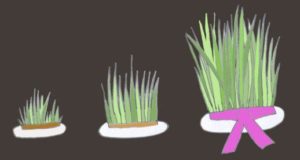
Back to top
